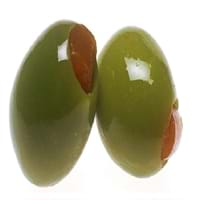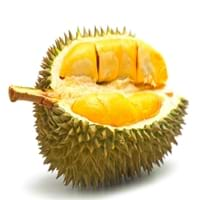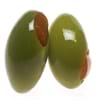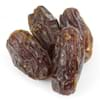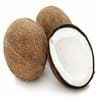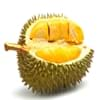Health Benefits
Cancer prevention, Helps in cartilage regeneration, Prevents macular degeneration, Treatment of alzheimer's disease
Anti depressant, Boosts immune system, Cancer prevention, Heart care, Reduces stress
General Benefits
Anti oxidant properties, Anti-inflammatory properties, Boosts immune system, Controls blood pressure, Digestive aid, Maintains healthy cholesterol level
Anti oxidant properties, Anti-inflammatory properties, Boosts immune system, Controls blood pressure, Controls blood sugar levels, Digestive aid, Flu treatment, Strengthens bones
Skin Benefits
Hydrates skin, Skin rejuvenation, Treatment of skin diseases
Anti-aging benefits, Brightens and lightens complexion
Hair Benefits
Acts as moisturizer, Good conditioner, Regulates hair growth
Promotes longer and healthier hair, Protects hair
Allergy Symptoms
NA
Diarrhea, Headaches, Hives, Nasal congestion, Red rash, Runny nose, Vomiting
Side Effects
Affects blood glucose levels, Dizziness, Stomach pain
Affects blood glucose levels, Nausea, Stomach pain
Best Time to Eat
Hardly eaten raw, Olive oil is consumed for many purposes.
Along with meal, As a snack in the late afternoon, Don't consume at night and before bed, Morning time (before lunch)
Vitamin B5 (Pantothenic Acid)
Vitamin C (Ascorbic Acid)
Vitamin E (Tocopherole)
Not Available
Vitamin K (Phyllochinone)
Not Available
Lutein+Zeaxanthin
Not Available
Calories in Fresh Fruit with Peel
Not Available
Calories in Fresh Fruit without Peel
Not Available
Calories in Frozen Form
Not Available
Calories in Canned Form
Not Available
Calories in Pie
Not Available
Type
Tree fruit
Tree fruit, Tropical
Season
Spring, Summer
Monsoon
Varieties
Manzanillo, Sevillano, Mission, Ascolano, Barouni, Gordal, Rubra and Picholine
D24, D99 (Gob kecil), D123 (Chanee), D145 (Beserah), D158 (Gan Yau), D159 (Monthong), D169 (Tok Litok), D188, D189, D190, D163 (Hor Lor) and D164 (Ang Bak)
Color
Black, Green, Purple, Yellow
Green
Inside Color
Brown
Yellow
Taste
Bitter
Creamy, Sweet
Origin
Eastern Mediterranean Region
South-Eastern Asia
Grows on
Trees
Not Available
Soil Type
Well-drained
Clay
Climatic Conditions
Warm to hot climate
Hot, Humid
Facts about
- In ancient Greece, 1st eye shadow was made by adding olive oil in ground charcoal.
- The most expensive form of olive oil is Extra Virgin.
- Largest type of olive tree is known as donkey tree & smallest one is called bullet.
- 1 kg of durian contains 1350 calories which may cause weight gain.
- It may have a hyperthermic effect on the body, making you feel warmer.
- Study shows that durian has an ability to reduce infertility in men & women.
Top Producer
Spain
Thailand
Other Countries
Algeria, Egypt, Greece, Italy, Morocco, Portugal, Syria, Tunisia, Turkey
Indonesia, Malaysia, Philippines
Top Importer
United States of America
China
Top Exporter
Italy
Thailand
Botanical Name
Olea europaea
Durio zibethinus
Synonym
Not Available
Lahia Hassk
Subkingdom
Tracheobionta
Tracheobionta
Division
Magnoliophyta
Magnoliophyta
Class
Magnoliopsida
Magnoliopsida
Subclass
Rosidae
Dillenhidae
Family
Oleaceae
Malvaceae
Species
O. europaea
D. zibethinus
Generic Group
Olive
Not Available
Difference Between Olive and Durian
We might think that Olive and Durian are similar with respect to nutritional value and health benefits. But the nutrient content of both fruits is different. Olive and Durian Facts such as their taste, shape, color, and size are also distinct. The difference between Olive and Durian is explained here.
The amount of calories in 100 gm of fresh Olive and Durian with peel is 115.00 kcal and Not Available and the amount of calories without peel is Not Available and 147.00 kcal respectively. Thus, Olive and Durian belong to High Calorie Fruits and High Calorie Fruits category.These fruits might or might not differ with respect to their scientific classification. The order of Olive and Durian is Lamiales and Malvales respectively. Olive belongs to Oleaceae family and Durian belongs to Malvaceae family. Olive belongs to Olea genus of O. europaea species and Durian belongs to Durio genus of D. zibethinus species. Beings plants, both fruits belong to Plantae Kingdom.
